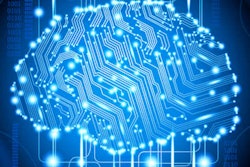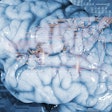Dear AuntMinnie Member,
Is deep learning an art or a science when used for medical imaging applications? That's the intriguing question posed this week by a paper we're highlighting in our Artificial Intelligence Community.
In the paper, a team led by Dr. Bradley Erickson, PhD, of the Mayo Clinic in Rochester, MN, analyzed the challenges and opportunities for the use of deep learning in radiology. Deep learning has already had a big effect outside of healthcare, so it's reasonable to assume that it will have a similar effect in medicine, the group believes.
But challenges facing the discipline include getting access to large datasets for training algorithms, as well as selecting the right algorithm for a particular task. Learn more by clicking here.
While you're in the community, check out this article on how the combination of artificial intelligence and radiomics can help distinguish malignant from benign lung nodules on CT scans, along with this story on how an AI algorithm was trained to analyze free text in reports of CT scans to identify suspicious findings.
Tracking low-risk thyroid nodules with US
What's the best way to handle suspicious thyroid nodules if a fine-needle aspiration (FNA) biopsy is inconclusive? It depends on their features, according to a new article in our Ultrasound Community.
Researchers from South Korea found that it's fine to use ultrasound to track nodules that have either a low or very low risk of suspicion, as these are very unlikely to be malignant. But things start to change if the nodules have suspicious features, such as if they are solid or have marked hypoechogenicity.
Learn more by clicking here, or visit the community at ultrasound.auntminnie.com.
3D printing at Arab Health
Finally, the 2018 edition of the Arab Health conference wrapped up today in Dubai, United Arab Emirates. The meeting included a special track on 3D printing for medical applications -- read all about it by clicking here.



















